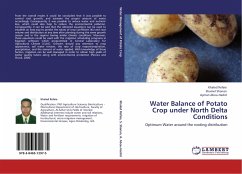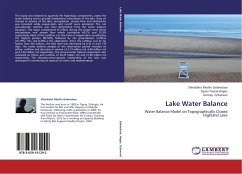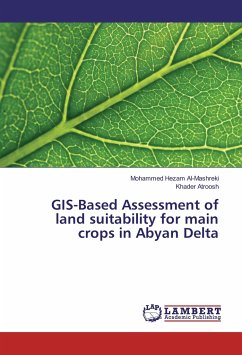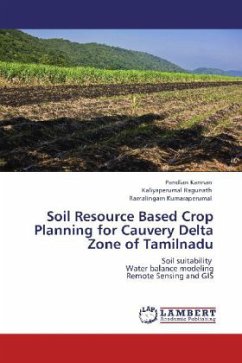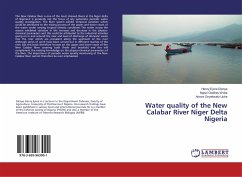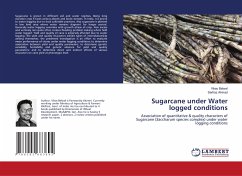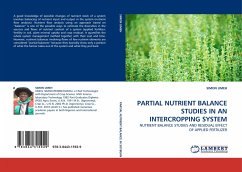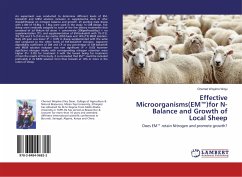From the overall results it could be concluded that it was possible to control root growth, and estimate the proper amount of water accordingly. Consequently, it was possible to reduce water and nutrient loss, which could also help to reduce the environmental pollution. Consequently, it can be said that the obtained equations can be used to establish an easy way to predict the values of crop coefficient (Kc) and root volume and distribution at any time after planting during the same growth season and in the regions having similar climatic conditions. Moreover, these equations could be used with the irrigation scheduling programs in Egyptian software which programmed in Central Laboratory for Agricultural Climate (CLAC). Growers should pay attention to crop appearance, soil water tension, the rate of crop evapotranspiration, precipitation, and the amount of water applied. With knowledge of these factors, irrigation can be well managed in order to obtain high yields of better quality tubers along with environmental protection (Pereira and Shock, 2006).
Bitte wählen Sie Ihr Anliegen aus.
Rechnungen
Retourenschein anfordern
Bestellstatus
Storno

